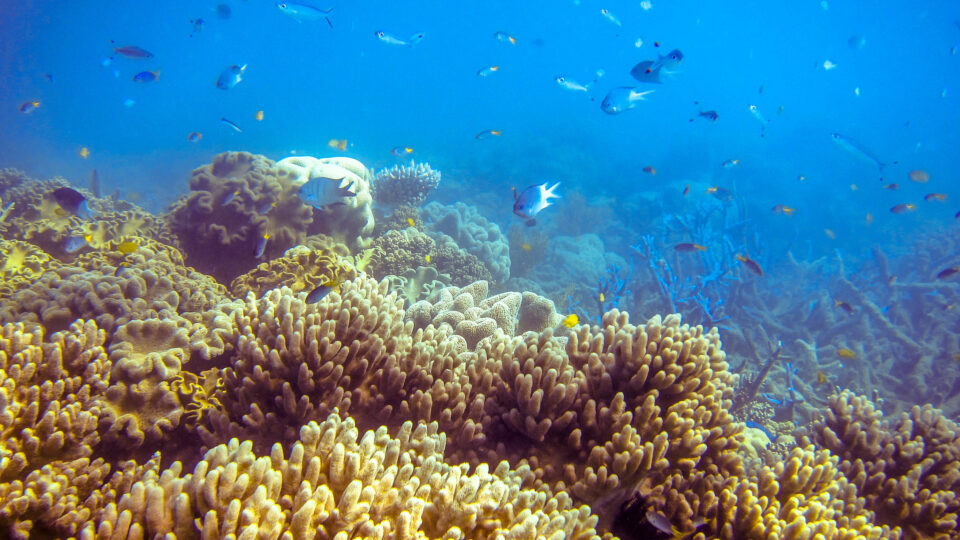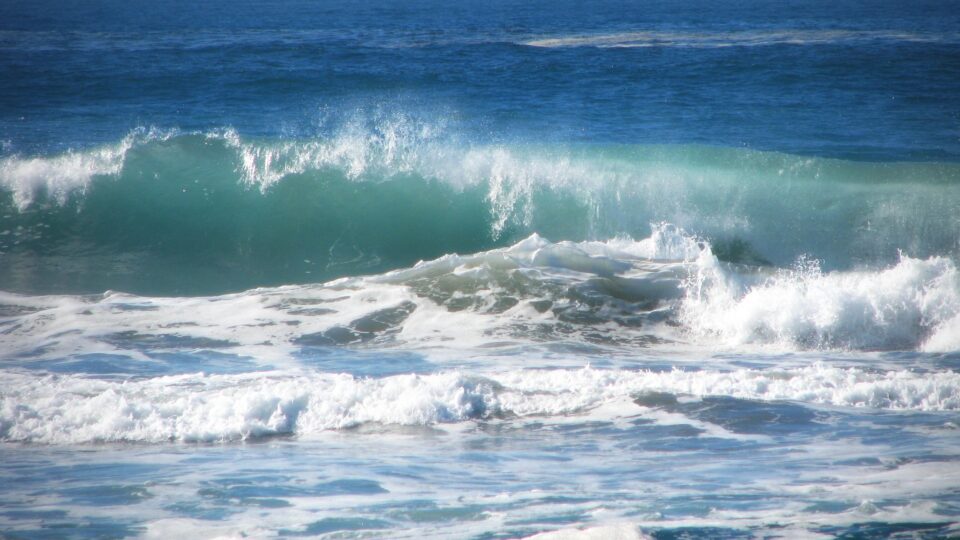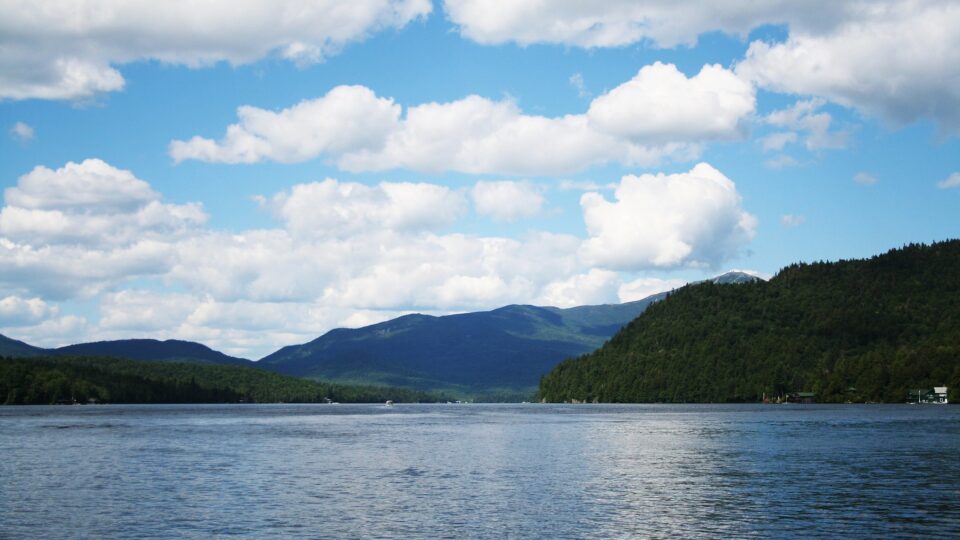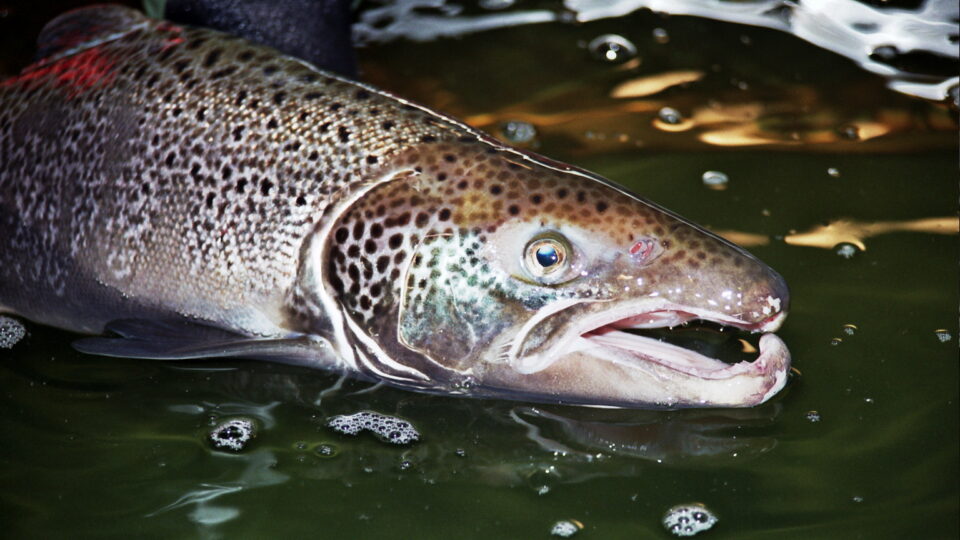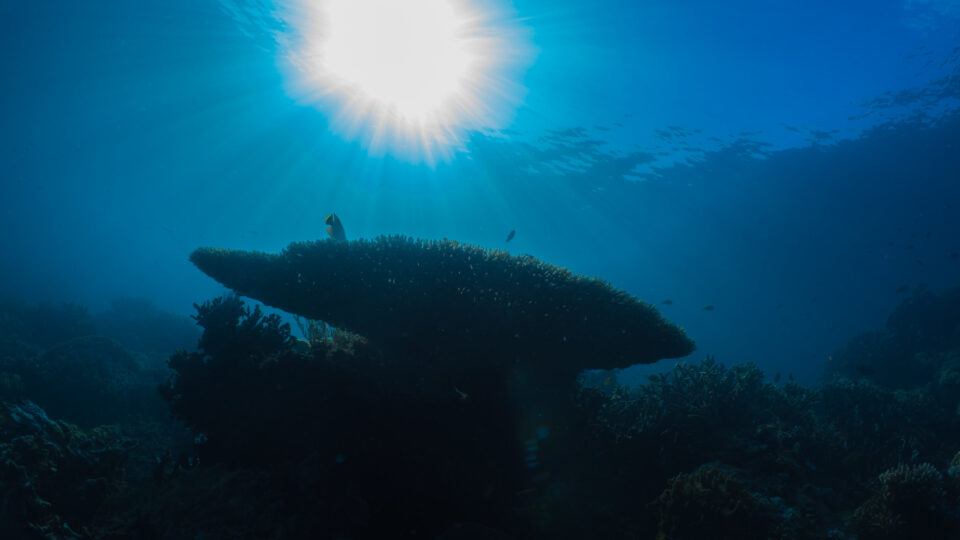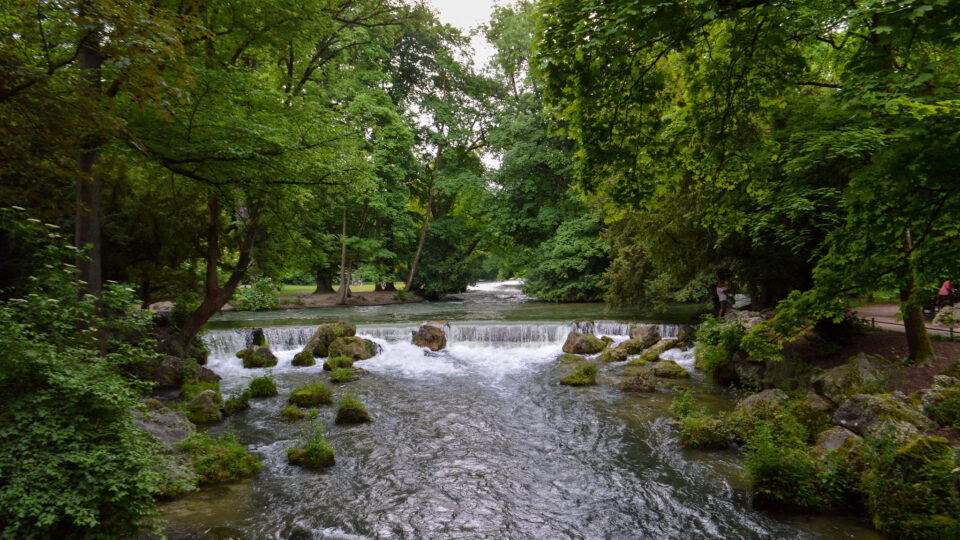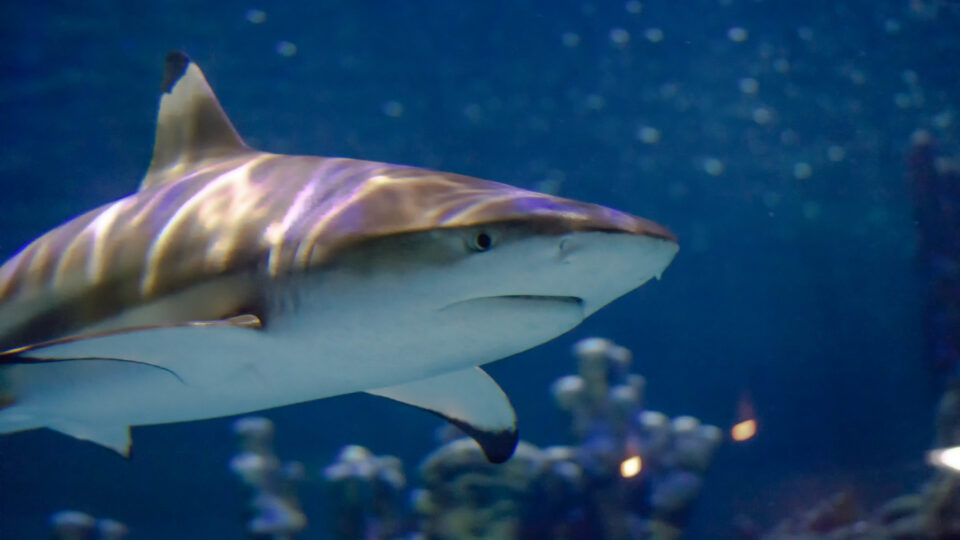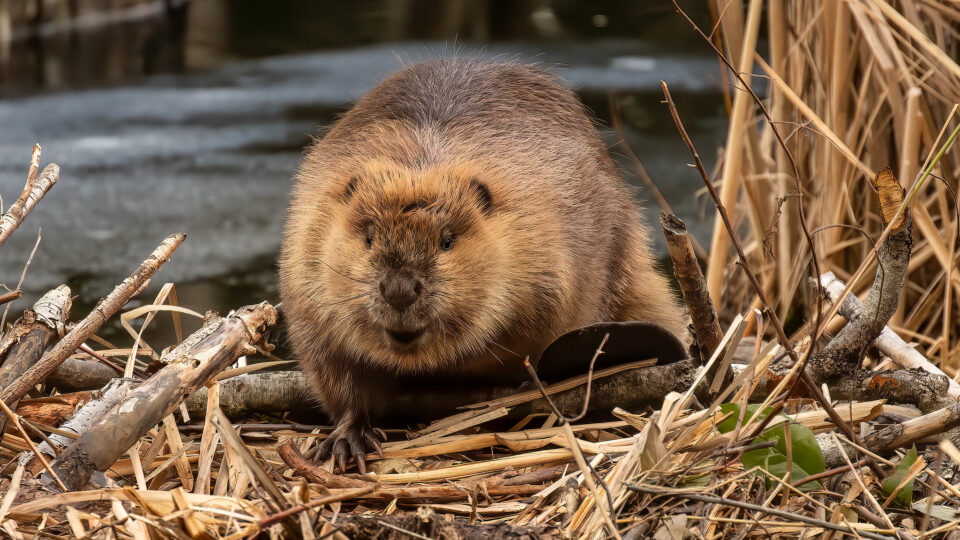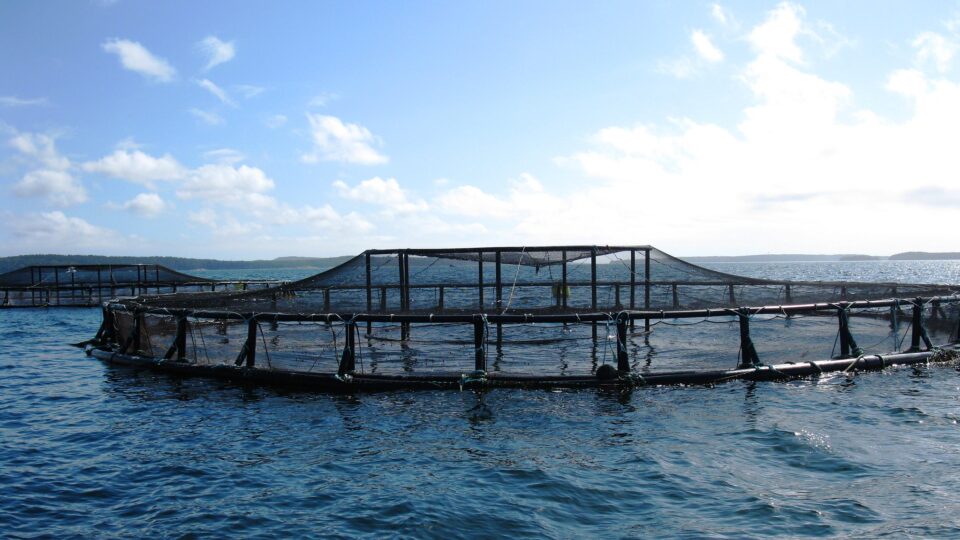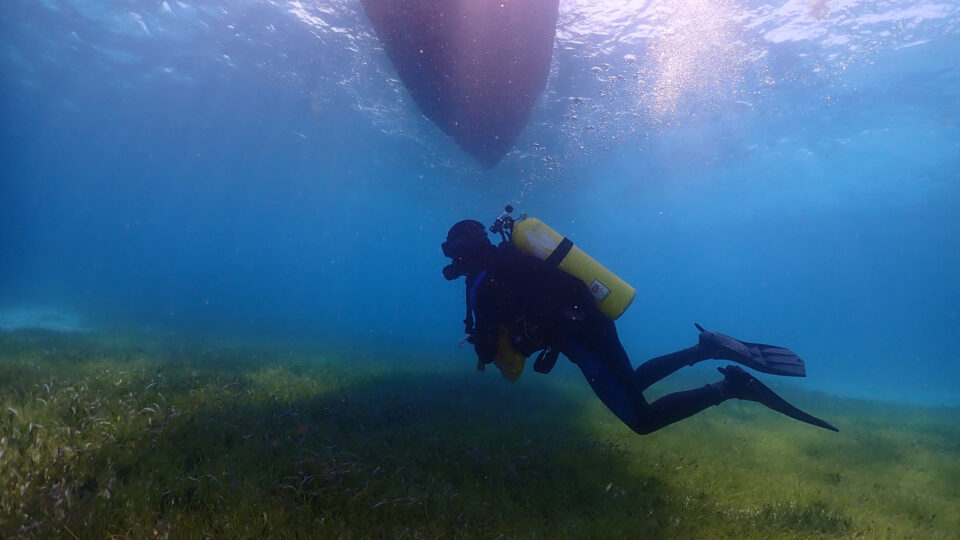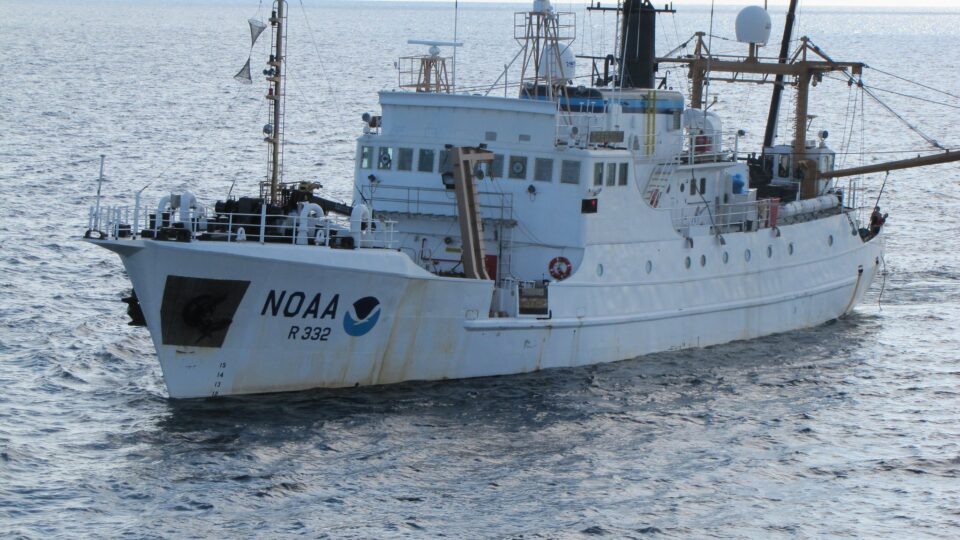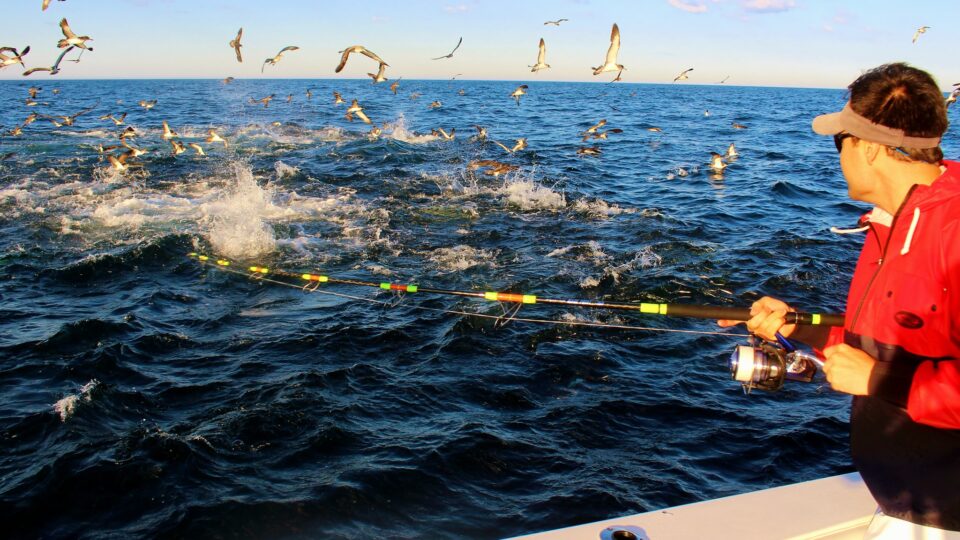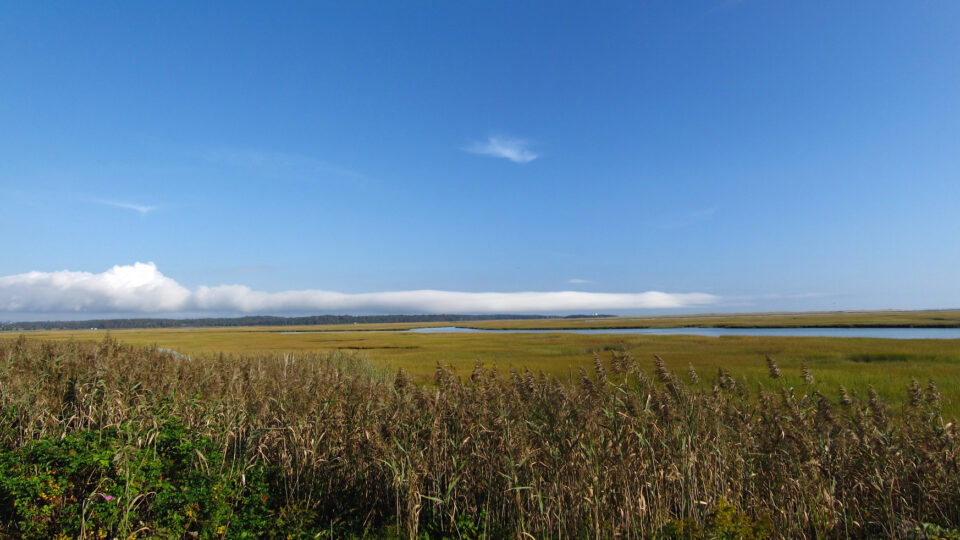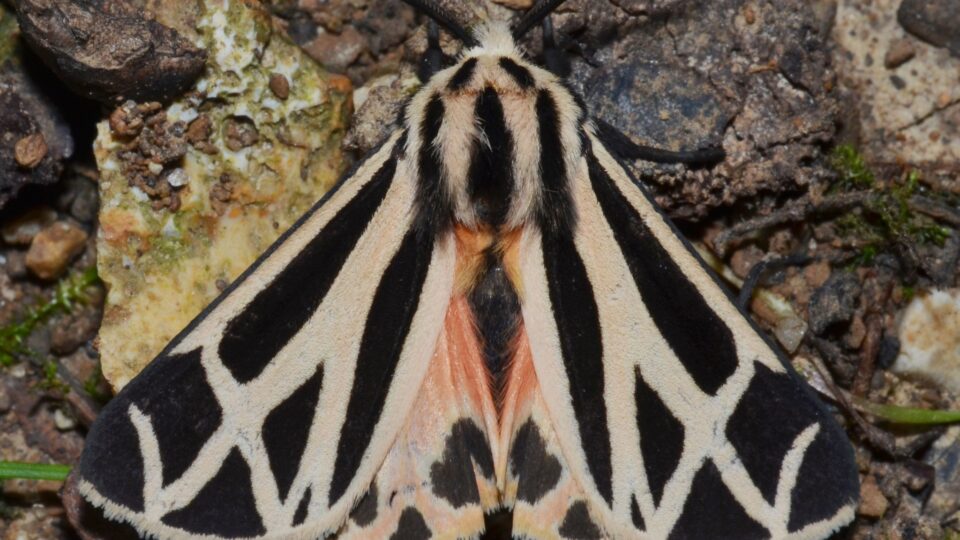The warming climate is changing the distribution of fish species. Researchers at the University of Adelaide in Australia have observed that tropical fish species are moving into temperate Australian waters.
The Eastern Australian Current is strengthening as the climate warms and larvae of tropical fish are getting caught in the current and moving into more temperate regions. These larvae would not normally survive in the cooler Australian ocean water, but the warming current keeps the baby fish warm and increases their chances for survival. The fish migration observed in the study is an ongoing process that has strengthened in the last few decades due to ocean warming.
The novel populations of tropical fish in these temperate ecosystems are not having much impact at the present time, but they may do so in the future. The water is still cooler than the fishes’ natural environment and therefore they do not grow to their maximum size. As a result, they don’t represent stiff competition for the native species – at least not yet.
As the ocean temperatures continue to rise, these tropical species will eventually grow to their full size and their diets will overlap more and more with those of temperate fish species. Tropical herbivores tend to overgraze temperate kelp while the impact of tropical fish that eat invertebrates is less well understood. Tropical fish with varied diets are the most successful invaders. The ultimate effects on temperate ecosystems remain to be seen but survival may become difficult for the native fish in rapidly warming temperate ocean environments.
**********
Web Links
Tropical fish are invading Australian ocean water
Photo, posted March 28, 2017, courtesy of Ryan McMinds via Flickr.
Earth Wise is a production of WAMC Northeast Public Radio
